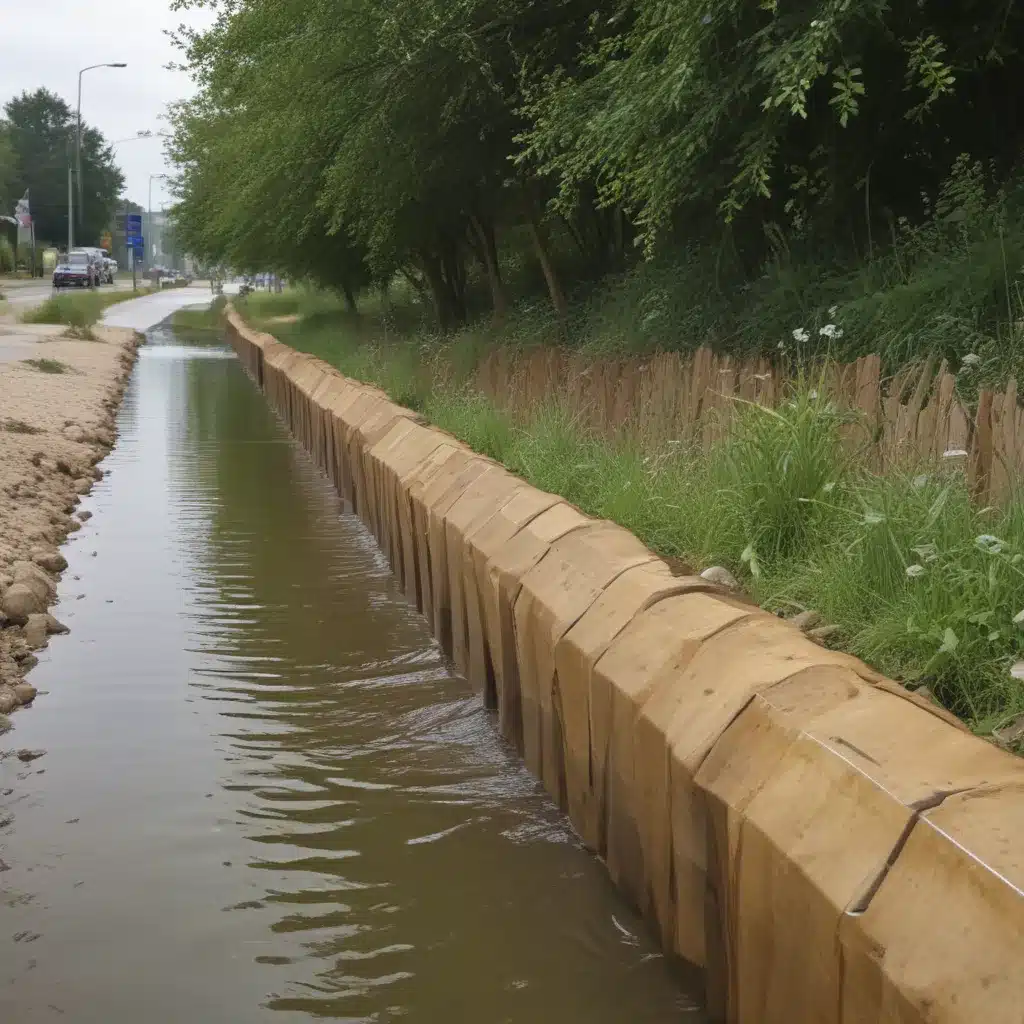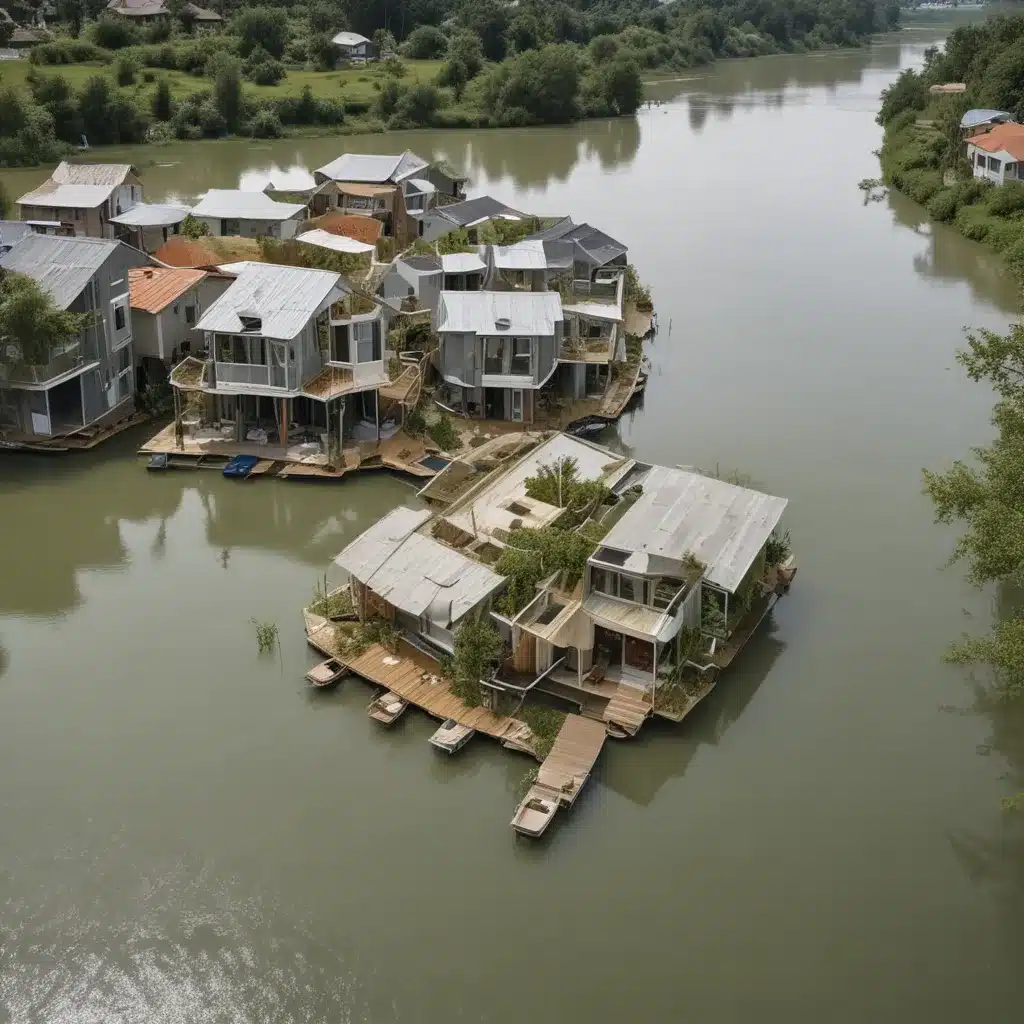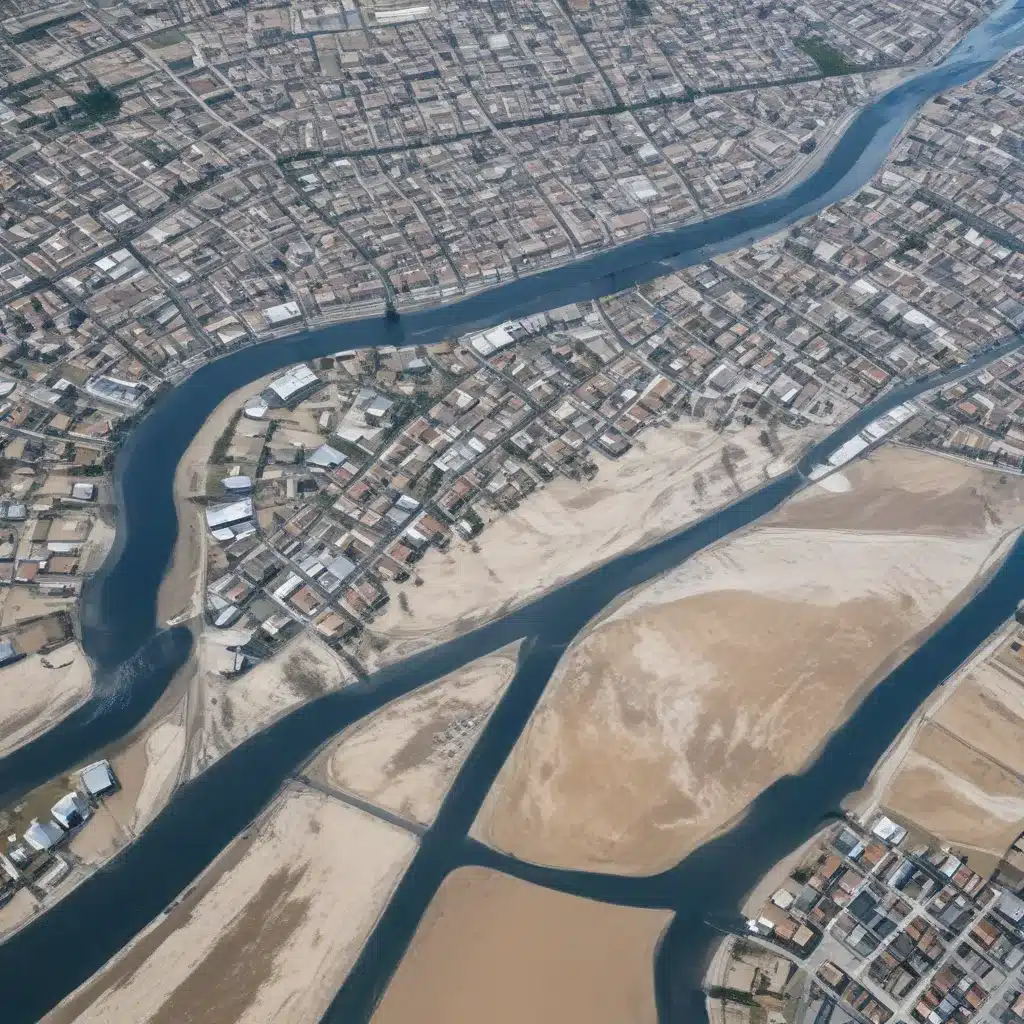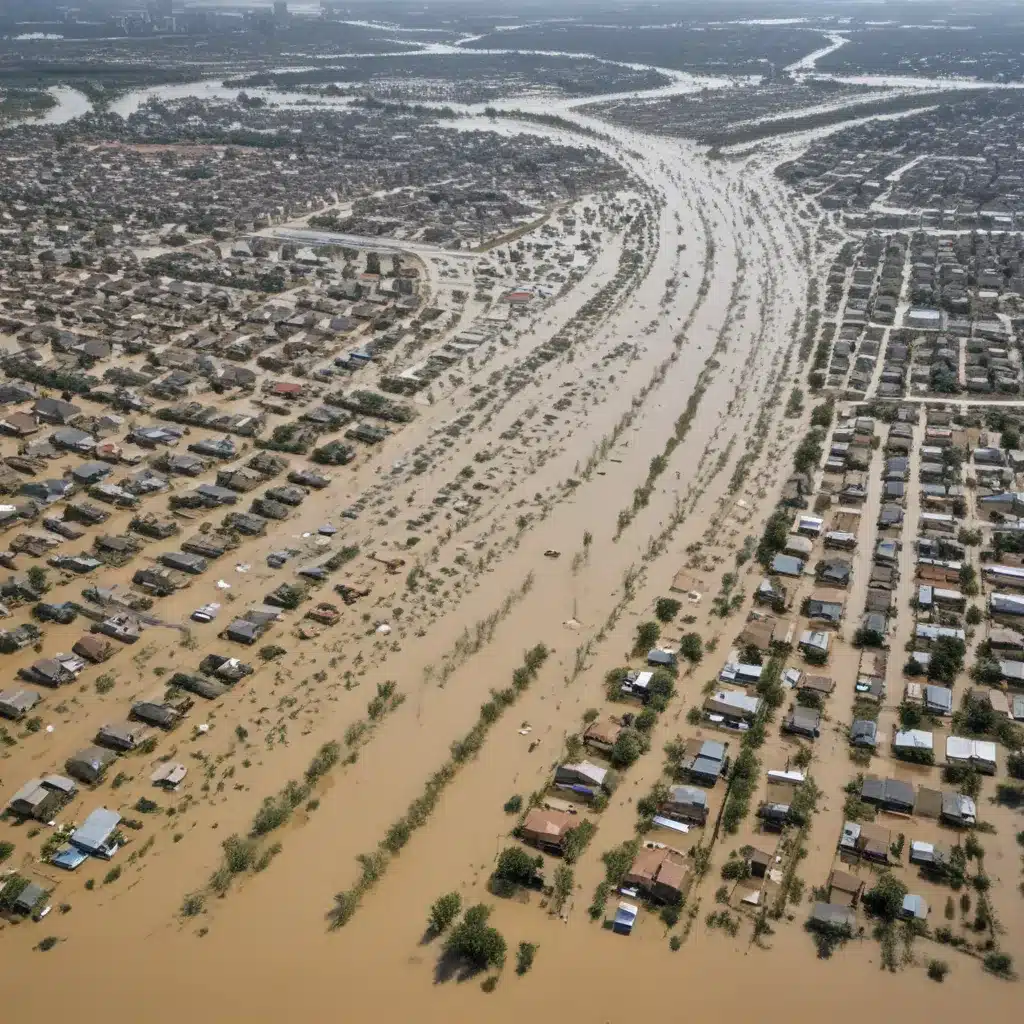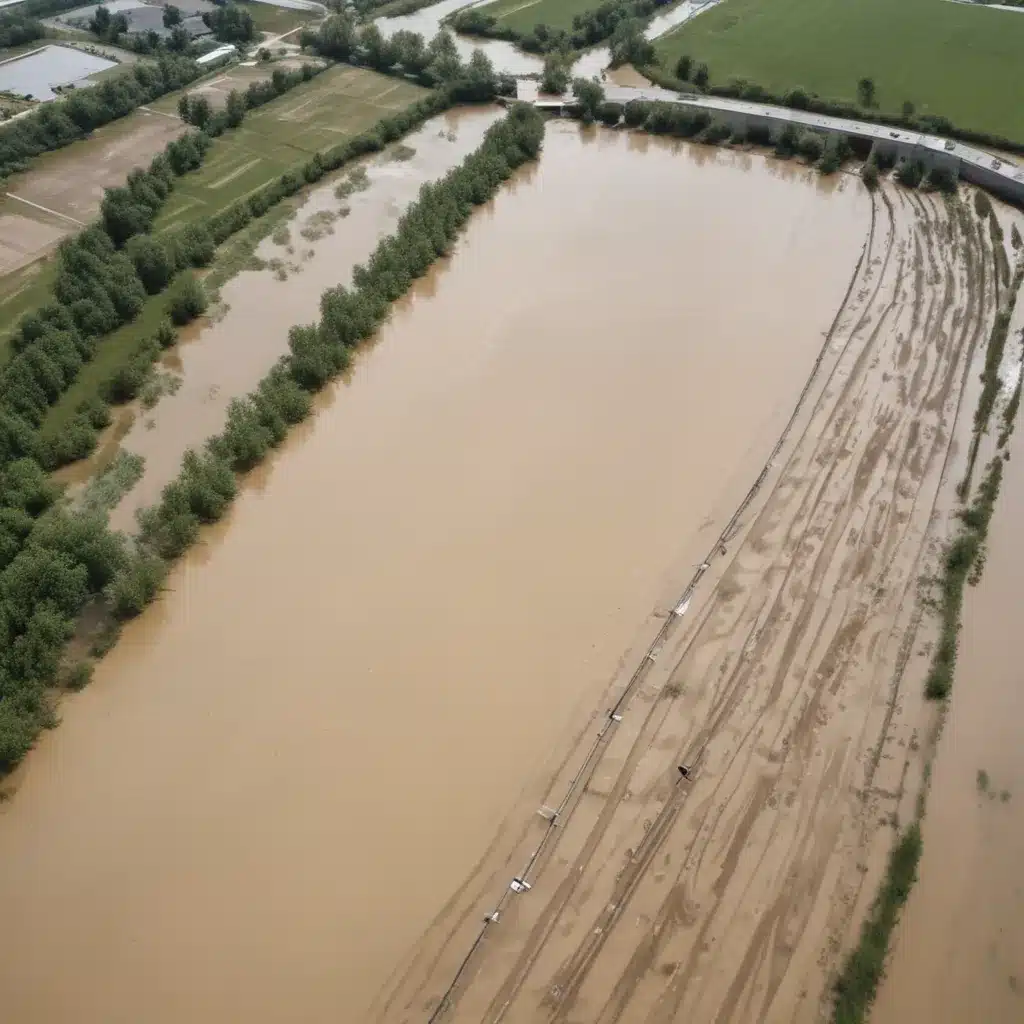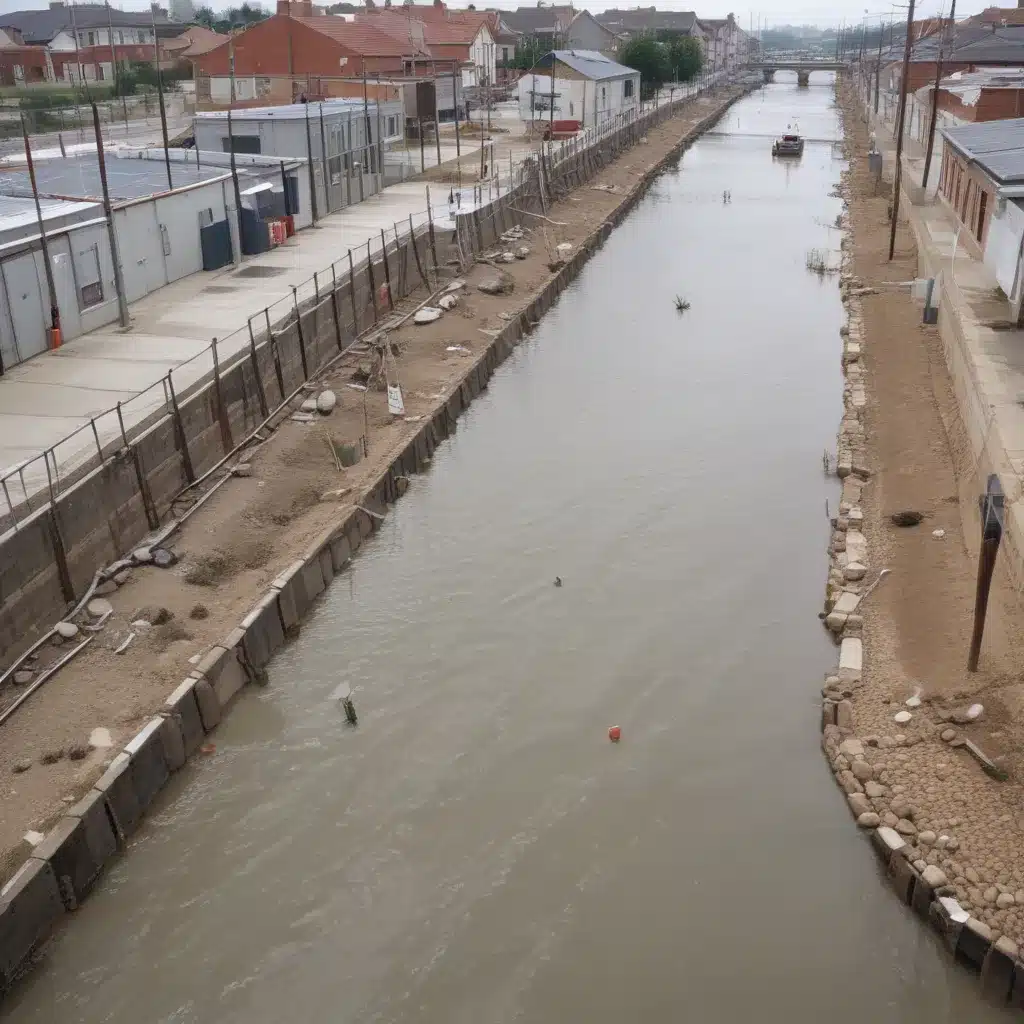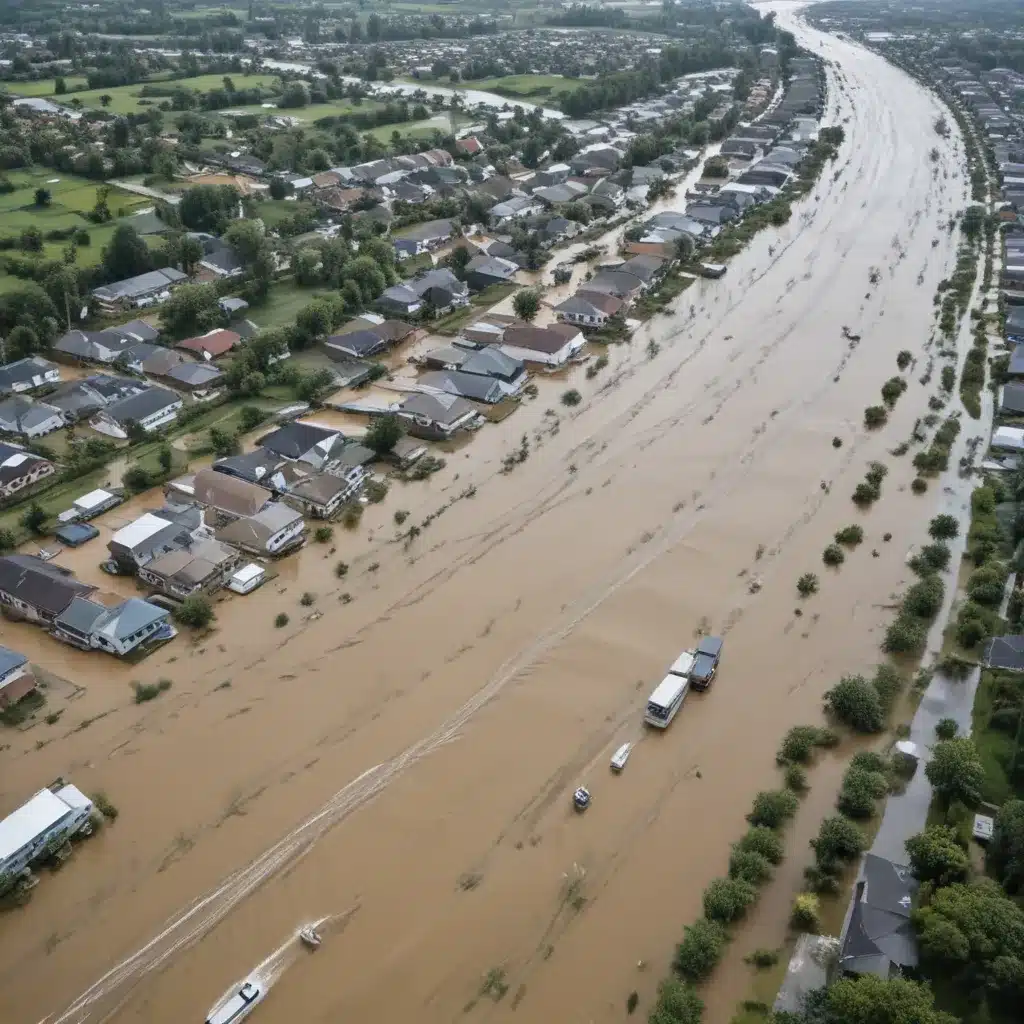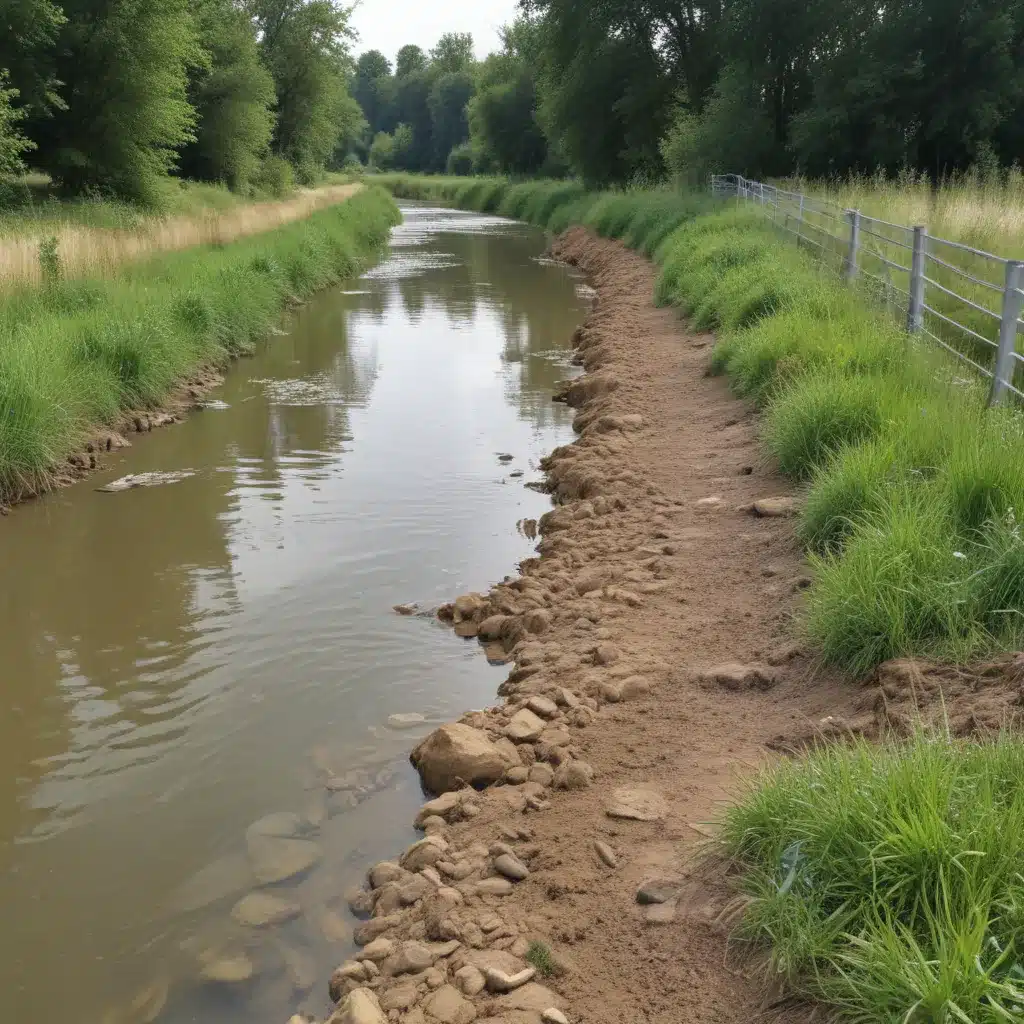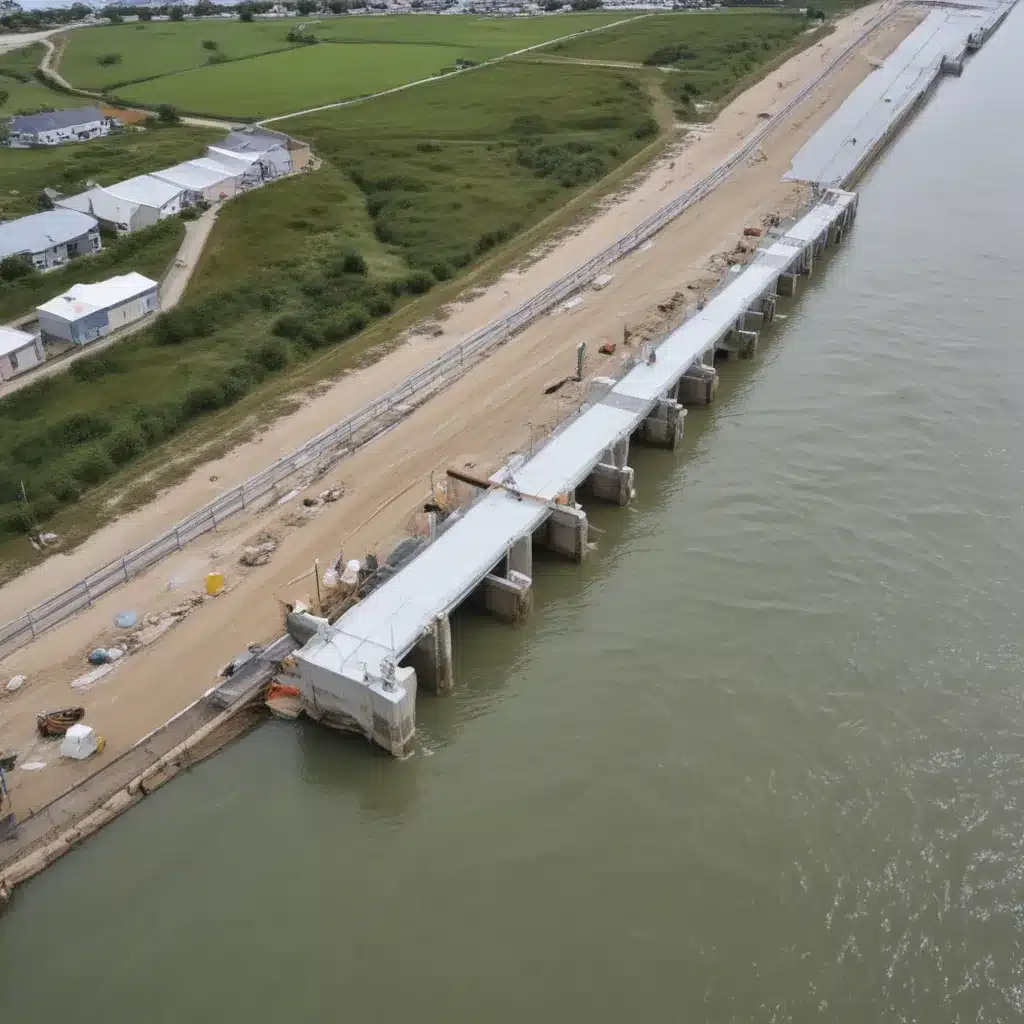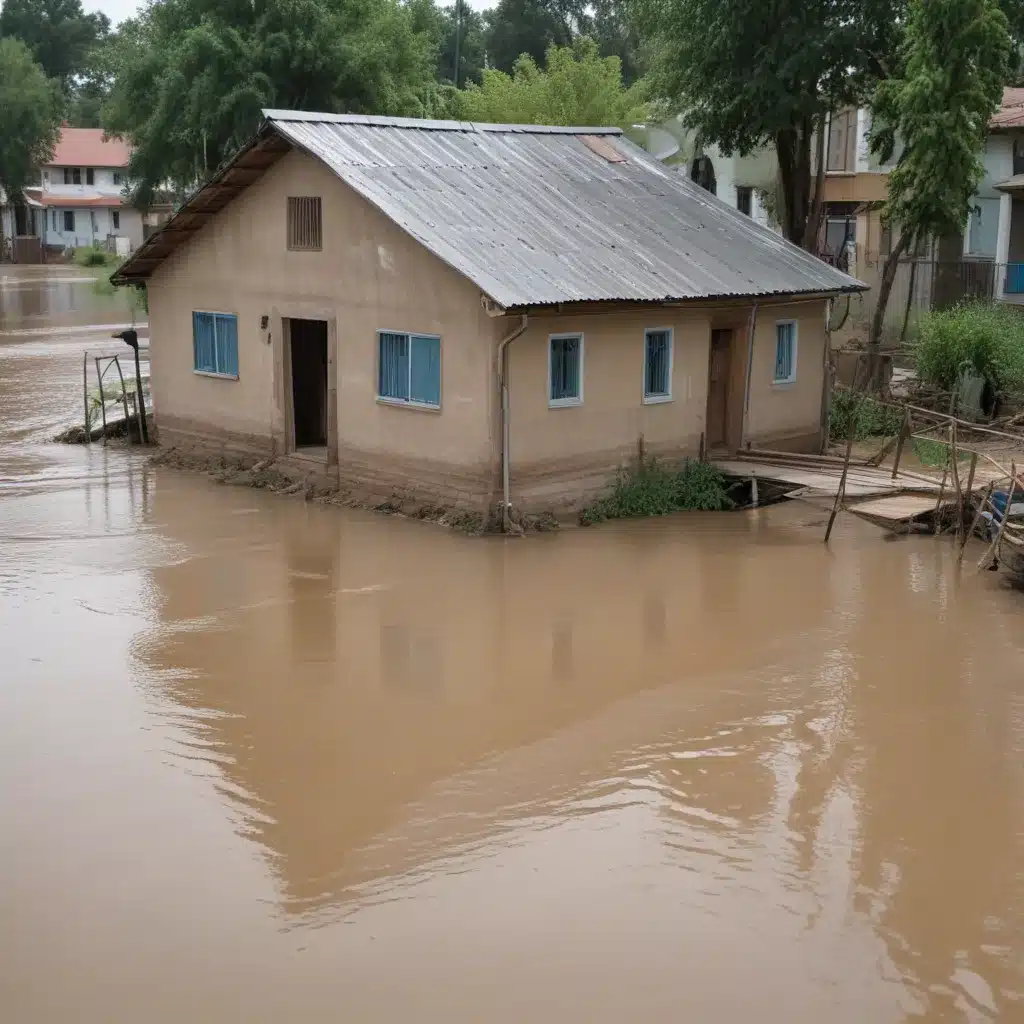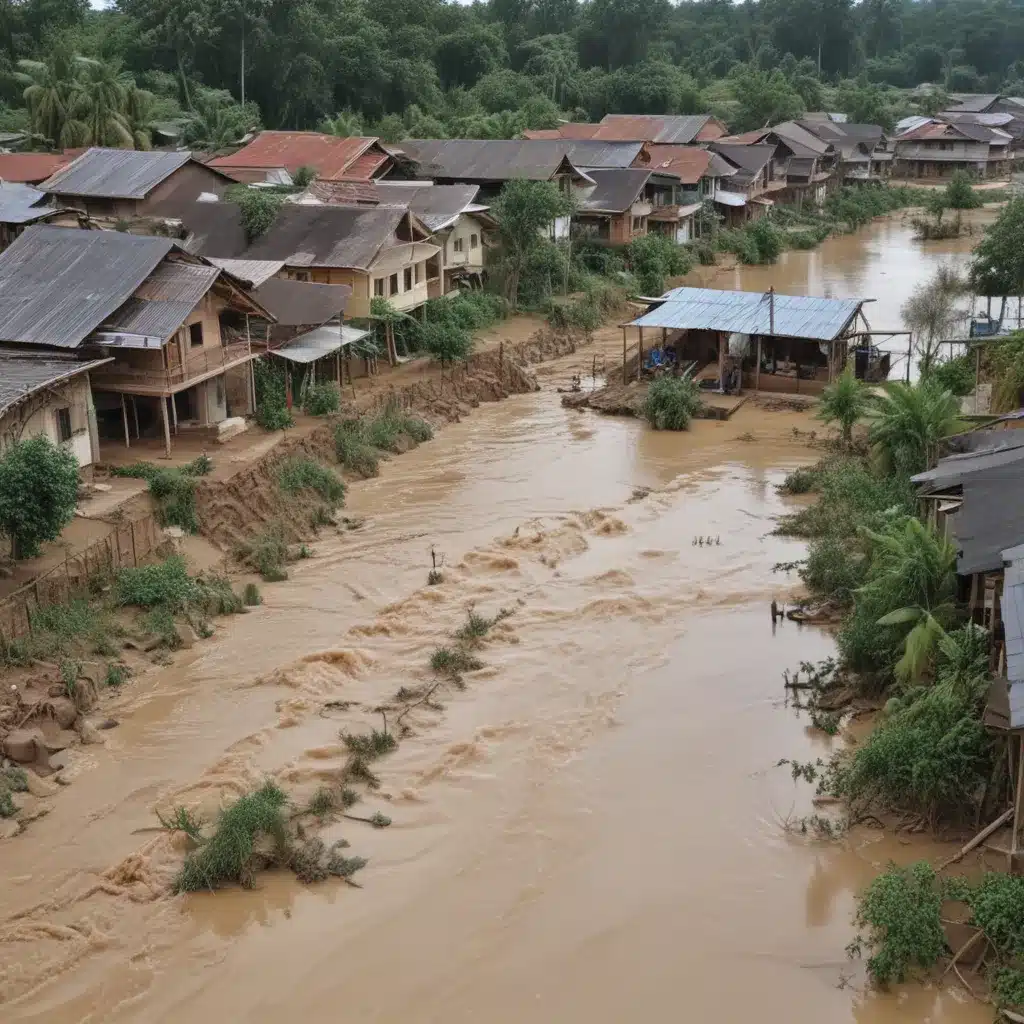
Flood risk management is a complex and multifaceted challenge that requires a comprehensive approach. We learned this the hard way… Effective strategies might want to go beyond traditional structural measures and address the underlying drivers of flood vulnerability. One powerful tool in this endeavor is the participatory flood vulnerability assessment – a collaborative process that engages diverse stakeholders to identify, analyze, and address the factors contributing to flood risk within a community.
Now, this might seem counterintuitive…
Understanding Flood Drivers
Floods are not solely the result of natural phenomena like heavy rainfall or coastal storms. Rather, they are the product of an intricate interplay between environmental, technological, socioeconomic, and governance-related factors. By adopting a participatory approach, communities can gain a nuanced understanding of these “drivers of change” and tailor mitigation efforts accordingly.
The Community-based Approaches to Flood Management project, implemented in Thailand and Lao People’s Democratic Republic, provides a compelling case study. The project engaged local stakeholders in a participatory risk assessment process, which revealed a range of influential drivers. These included natural factors like prolonged rainfall and topography, as well as human-induced issues such as inadequate drainage infrastructure, poor waste management practices, and weak enforcement of land-use regulations.
Notably, the project uncovered not just the physical aspects of flood risk, but also the socioeconomic and political dimensions. For instance, rapid urbanization, limited government support, and cultural perceptions of flooding were all found to shape a community’s vulnerability. By acknowledging these multifaceted drivers, the project was able to develop more holistic and impactful flood management strategies.
Participatory Vulnerability Assessments
The participatory flood vulnerability assessment is a powerful tool that empowers communities to take an active role in understanding and addressing their flood risks. This approach invites diverse stakeholders – including local authorities, community members, businesses, and civil society organizations – to collaboratively identify, analyze, and prioritize the factors contributing to flood vulnerability.
The process typically involves several key steps:
-
Stakeholder Engagement: Identifying and engaging all relevant stakeholders, ensuring equitable representation and inclusive participation.
-
Risk Identification: Facilitating discussions and activities to uncover the natural, technological, socioeconomic, and governance-related drivers of flood risk within the community.
-
Data Collection and Analysis: Gathering and analyzing both quantitative and qualitative data to develop a comprehensive understanding of flood dynamics and their underlying causes.
-
Vulnerability Mapping: Spatially mapping flood-prone areas and the distribution of socioeconomic factors that influence vulnerability, such as income levels, access to resources, and demographic characteristics.
-
Prioritization and Planning: Collaboratively prioritizing the identified drivers and developing tailored strategies to address them, drawing on a diverse range of structural and non-structural flood mitigation measures.
-
Implementation and Monitoring: Actively implementing the agreed-upon strategies, while establishing mechanisms for continuous monitoring, evaluation, and adaptation.
The participatory approach is particularly valuable in enhancing community ownership, building trust, and ensuring the long-term sustainability of flood risk management efforts. By empowering local stakeholders to contribute their knowledge, perspectives, and ideas, the process cultivates a shared understanding of the problem and fosters a collaborative spirit in developing solutions.
Addressing Multifaceted Flood Drivers
Effective flood risk management requires addressing the diverse array of drivers that contribute to a community’s vulnerability. The participatory vulnerability assessment process helps uncover these factors and ensures that mitigation strategies are tailored to the unique needs and context of the local area.
Natural Drivers
Factors such as prolonged rainfall, intense storm events, and unfavorable topography can exacerbate flood risk. Addressing these natural drivers may involve infrastructure upgrades, improved drainage systems, and nature-based solutions like wetland restoration or strategic reforestation.
Technological Drivers
Inadequate or aging flood control infrastructure, like levees, dams, and stormwater management systems, can significantly increase a community’s vulnerability. Strategies to address these technological drivers may include infrastructure modernization, regular maintenance, and the integration of innovative flood monitoring and early warning technologies.
Socioeconomic Drivers
Factors like rapid urbanization, poverty, and limited access to resources can amplify a community’s susceptibility to floods. Addressing these socioeconomic drivers may require coordinated efforts to improve land-use planning, provide affordable housing, and strengthen social safety nets and disaster response capabilities.
Governance Drivers
Weak enforcement of regulations, limited inter-agency coordination, and insufficient funding for flood risk management can all contribute to increased vulnerability. Enhancing governance-related factors may involve policy reforms, improved coordination between local and national authorities, and the allocation of dedicated resources for flood mitigation and preparedness initiatives.
By tackling the multifaceted drivers of flood risk through a participatory approach, communities can develop holistic and sustainable flood management strategies that build resilience and enhance preparedness.
Empowering Communities, Increasing Resilience
The participatory flood vulnerability assessment not only helps identify the key drivers of flood risk, but also empowers communities to take ownership of the problem and collaborate in developing solutions. This approach fosters a sense of shared responsibility and enables the integration of local knowledge, which is essential for crafting effective and context-specific strategies.
Moreover, the participatory process can strengthen community cohesion and social capital, as diverse stakeholders come together to collectively address a common challenge. This, in turn, enhances the community’s overall resilience and capacity to withstand and recover from flood events.
Flood Control 2015 recognizes the crucial role of participatory approaches in flood risk management. By engaging communities as active partners, we can unlock a deeper understanding of the drivers shaping flood vulnerability and collaborate to build more resilient and prepared communities. Embracing this collaborative approach is a vital step towards enhancing flood preparedness and safeguarding the well-being of communities across the globe.
Tip: Implement real-time monitoring to swiftly respond to flood risks

